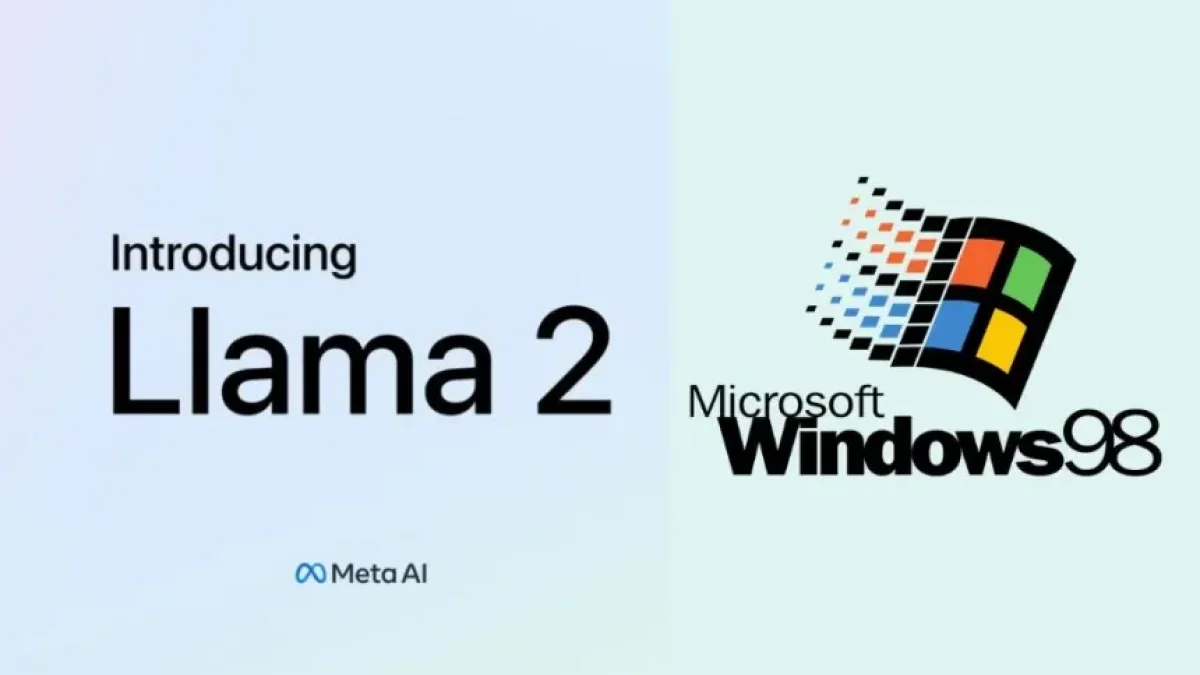An unexpected phenomenon is capturing the attention of technology enthusiasts: the LLaMA 2 artificial intelligence has successfully run on an operating system as old as Windows 98. This achievement not only highlights the versatility of modern AI but also sparks interest in exploring the limits of vintage hardware in the realm of artificial intelligence.
What is LLaMA 2
LLaMA 2 is an advanced version of the language model developed by Meta. This system has the ability to generate text, answer questions, and perform complex tasks using deep learning algorithms. Its release marked a significant advance in the field of artificial intelligence, offering capabilities utilized in various applications, from chatbots to content creation.
The Feat of Running on Windows 98
Recently, a group of computer enthusiasts managed to run LLaMA 2 on Windows 98, an operating system released in 1998 that has largely been consigned to oblivion. This feat was made possible through emulation and reverse engineering, which allowed them to adapt the AI model to the limitations of the old hardware and the functionalities of the operating system.
Requirements and Limitations
Running LLaMA 2 on Windows 98 was not a straightforward process. To make everything work, specialized emulation software was necessary. This enabled users to run modern applications in an environment that would normally not support such operations.
However, it’s important to note that one cannot expect optimal performance from LLaMA 2 on a system from 25 years ago. The speed and processing power of Windows 98 are limited compared to current systems. Users attempting to run the AI should be prepared to deal with slower response times and restricted functionality.
The Impact on the Tech Community
This achievement has generated great excitement in the tech community, especially among retro computing enthusiasts. The ability to run LLaMA 2 on such an old operating system opens the door to a new era of experimentation, where developers can explore interactions between modern software and vintage hardware.
Additionally, this event invites reflection on software preservation and the importance of adapting obsolete technologies so they can still be useful in a contemporary context. The initiative of running artificial intelligence on old hardware could lead to a resurgence of interest in systems that, while obsolete in terms of capability, hold significant historical value.
Conclusions
The possibility of running LLaMA 2 on Windows 98 is yet another testament to human ingenuity and how we can push the boundaries of technology. Such experiments not only showcase the advancements we have achieved but also foster curiosity about the capabilities of the past and how they can be integrated with current trends.
If you're interested in learning more about technological innovations and similar curiosities, I invite you to keep exploring the news on my blog. There’s always something new to discover!




















